|
Wood Flooring Species in Home DecorHere’s a selection of hot wood flooring species for your home decor:
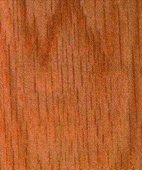
Cost: US$2.88/square foot
Appearance: By far the most common choice amongst wood flooring species, with a coarse, consistent, and sometimes rippled grain pattern and a faint pinkish coloration. Ideal for traditional setting where a more refined look than pine is desired.
Pros: Resists splitting during installation, stains well, withstands high traffic (it’s the benchmark by which other flooring is measured in terms of hardness).
Cons: Prolonged exposure to moisture and humidity can cause the wood to ‘cup’ or turn black so it’s not ideal for kitchens.
Dimension: Strips are typically 3.75 inches wide though boards as narrow as 1.5 inches and as wide as 8 inches are available; 2 to 7 inches feet long; 0.75 inches thick.
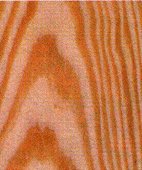
Cost: US$1.65/square foot
Appearance: Grain patterns range from swirls to pinstripe; rich color variation, including tans, brownish yellows, blue-black sap stains and clear or pink knots; square-edged boards can be face-nailed with steel-cut nails for an antique look on this wood flooring species.
Pros: Offers lots of personality at a low cost. It’s easy to nail and resistant to splitting, thus quicker to install than harder species.
Cons: Pine is up to a third weaker than red oak, and only slightly more water-resistant, so it’s not suitable for damp or high-traffic areas; may resist certain finishes.
Dimension: Strips are typically 2.75 to 12 inches wide; 2 to 16 feet long; 0.75 inches thick.
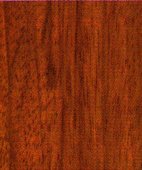
Cost: US$3.85/square foot
Appearance: Salmon-colored grain pattern is medium spaced and gets darker with age; high levels of sunlight will speed this process. Lots of variation between boards. Evocative of fine furnishings and perfect for formal settings.
Pros: Brazilian Cherry is extremely hard (more than twice as touch as red oak) and resists moisture so it will hold up in foyers, hallways, kitchens and bathrooms.
Cons: Prone to splitting during installation, so an extra 10 percent – rather than standard 5 percent – should be ordered to allow for waste. Difficult to stain.
Dimension: Strips are typically 3.15 to 5 inches wide; 2 to 7 feet long; 0.75 inches thick.
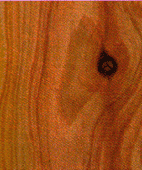
Cost: US$3.75/square foot
Appearance: Wild, wavy grain pattern in a variety of cream and brown colors; punctuated frequently by dark knots that give this wood flooring species a rustic appearance that plays well in traditional environments.
Pros: No two pieces look alike; slightly harder than oak; and handles humidity extremely well. So can be used in moist and busy areas.
Cons: Weakened by its many knots, it may split during installation, so an extra 10 percent should be ordered to allow for waste. Difficult to stain.
Dimension: Strips are typically 2.25 to 5 inches wide; 1 to 7 feet long; 0.75 inch thick.
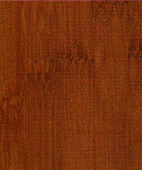
Cost: US$2.89/square foot
Appearance: Actually a woody grass, bamboo offers little grain variation, apart from the square burl pattern that results from the nodes along its shoots. This wood flooring species' yellowish blonde coloring and uniformity are well-suited to sleek, modern settings.
Pros: Nails and stains particularly well; relatively hard-wearing and water-resistant. Since bamboo shoots grow very quickly (compared to trees), it’s an eco-friendly option.
Cons: Fibrous nature makes sanding tricky. It’s almost always factory finished, so you can’t save money by finishing it yourself.
Dimension: Strips are typically 3.5 to 6 inches wide; 3 or 6 feet long; mostly found with 0.625 inch thickness.
Click on highlighted text to return to the top of wood flooring species.
Living Room |
Dining Room |
Kitchen |
Bathroom |
Space Organization | Home Lighting |
Home Decor Fabric |
|



